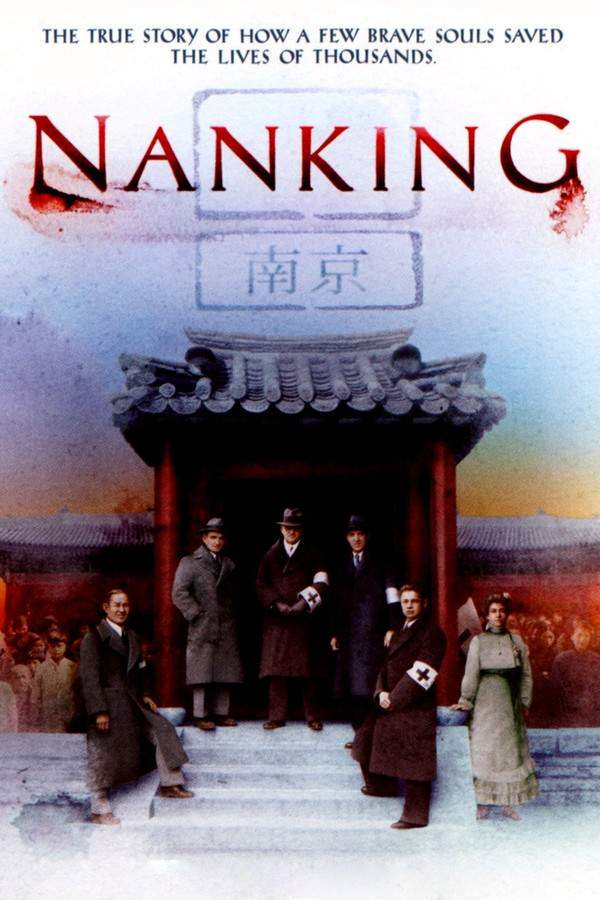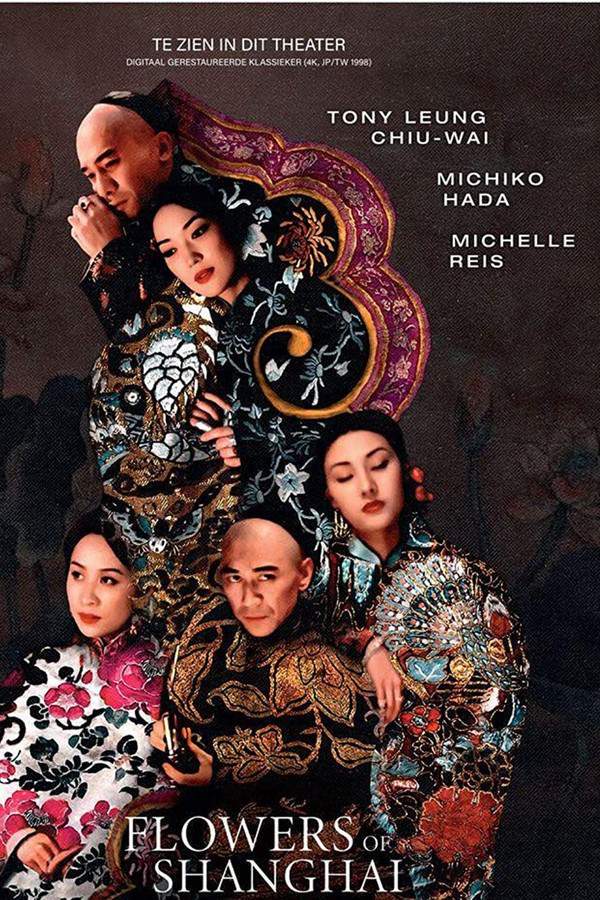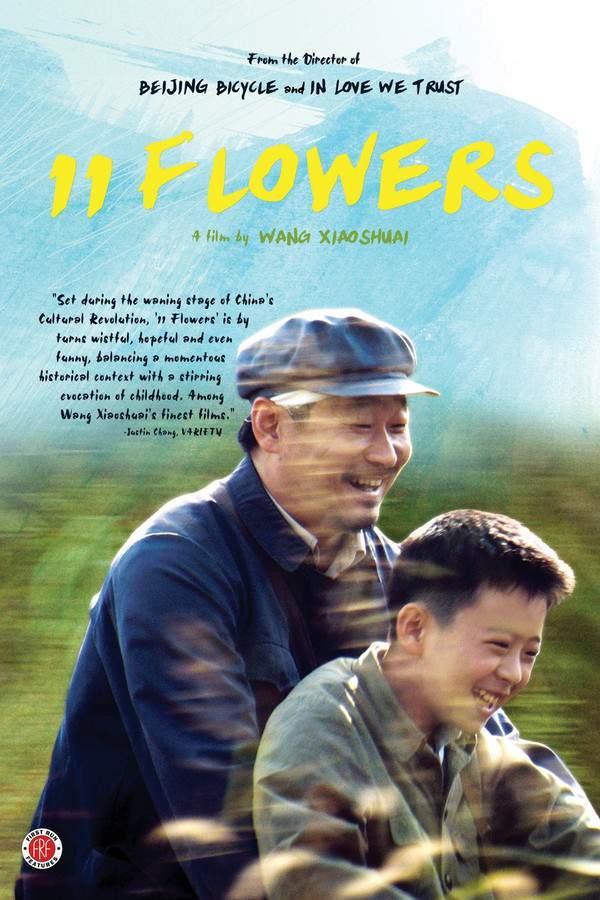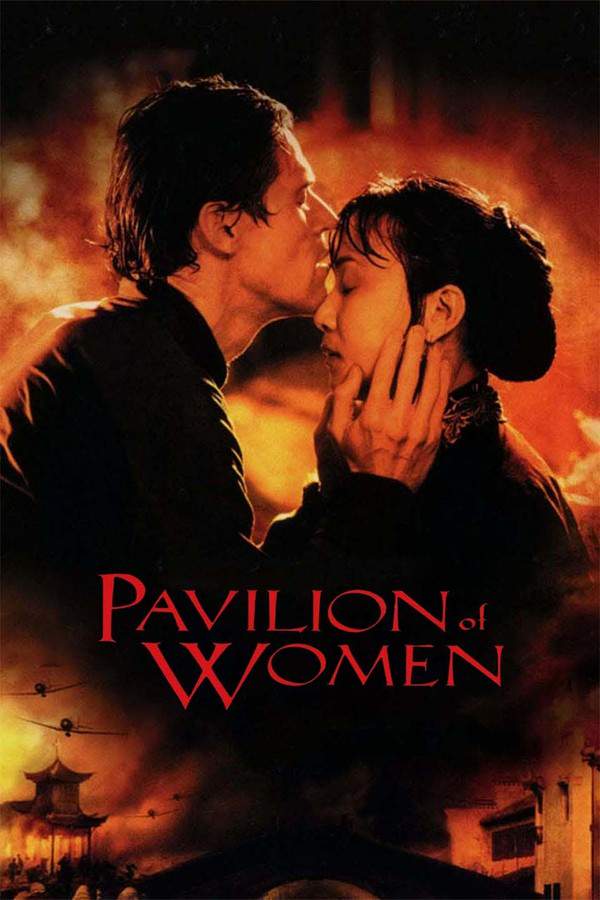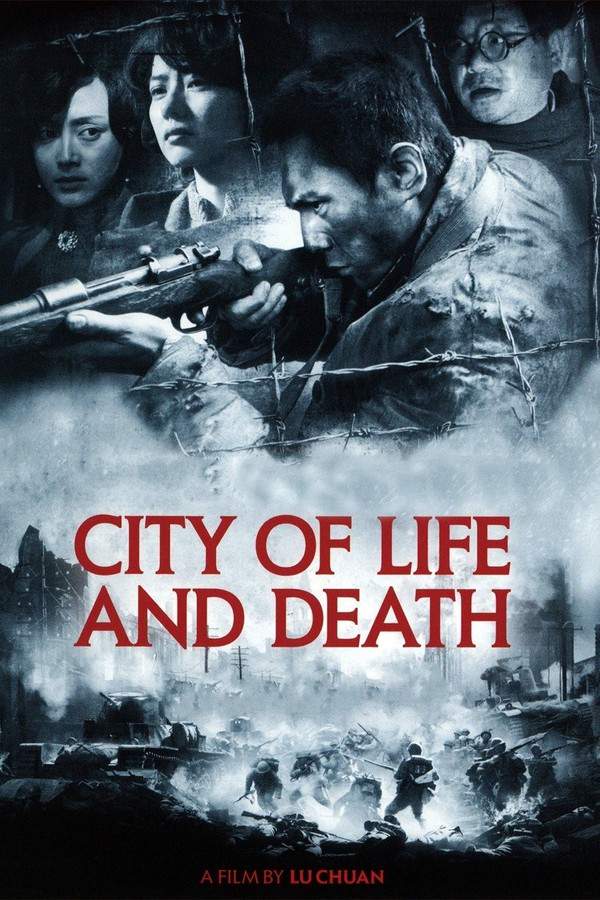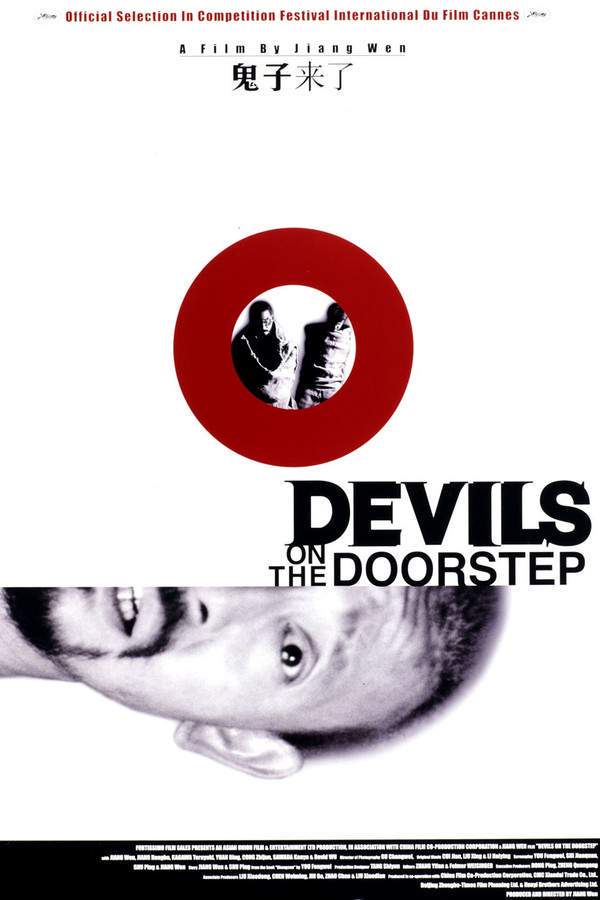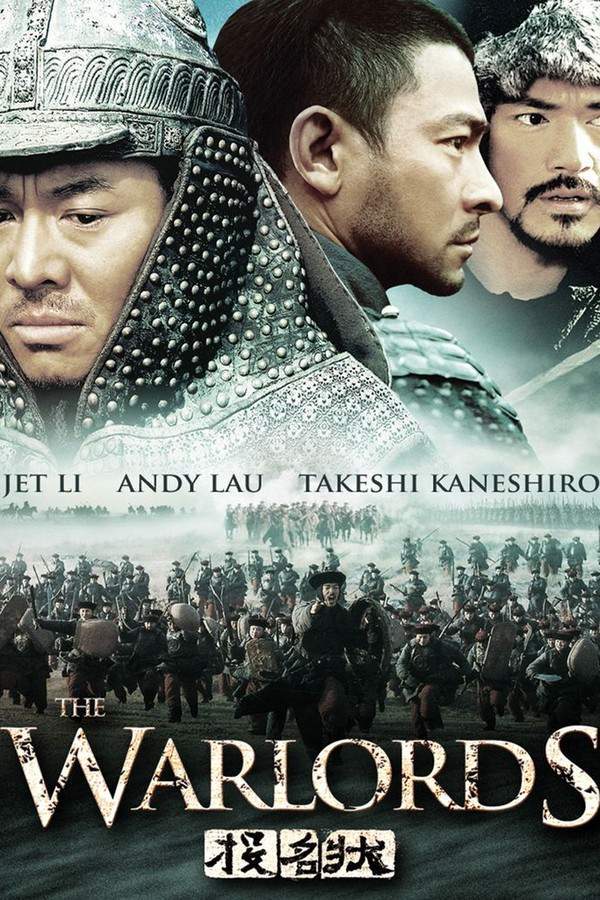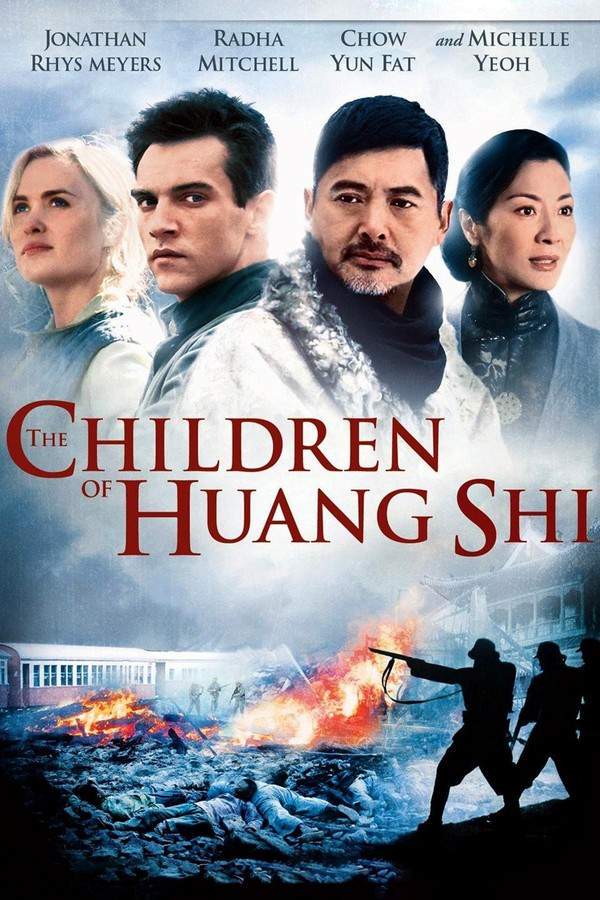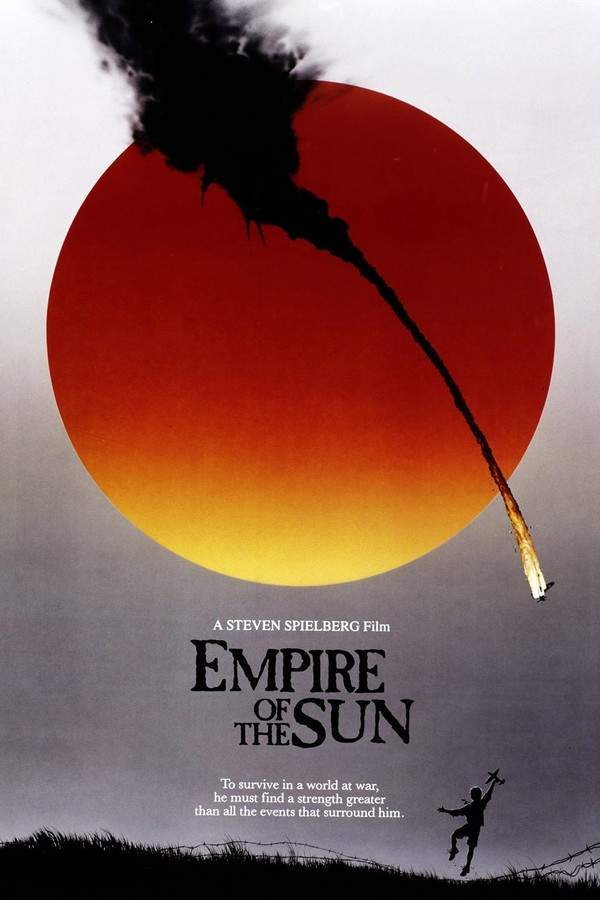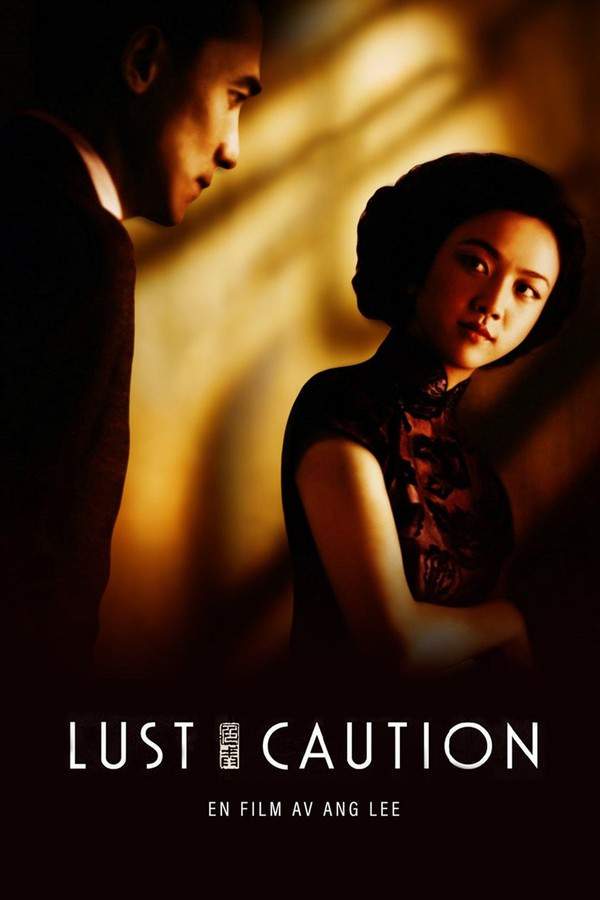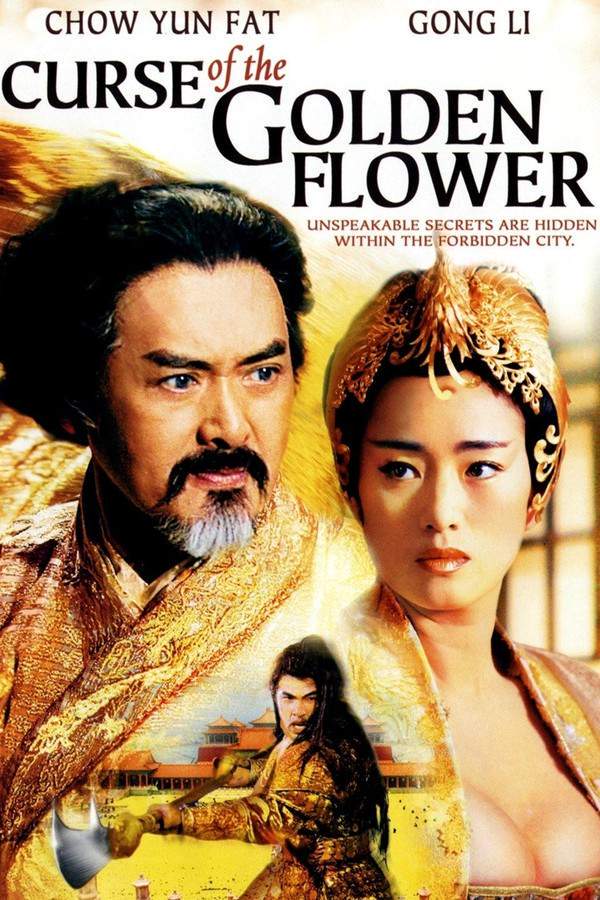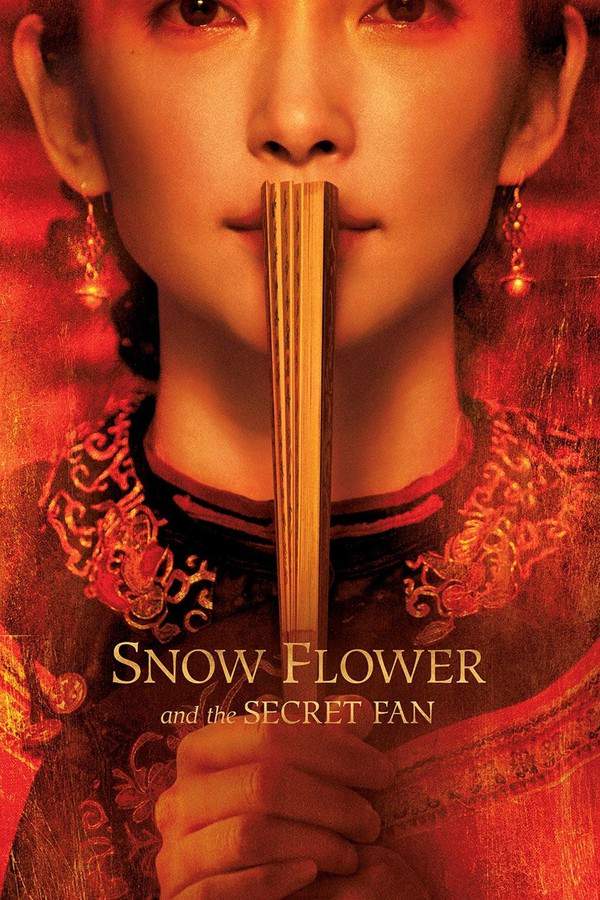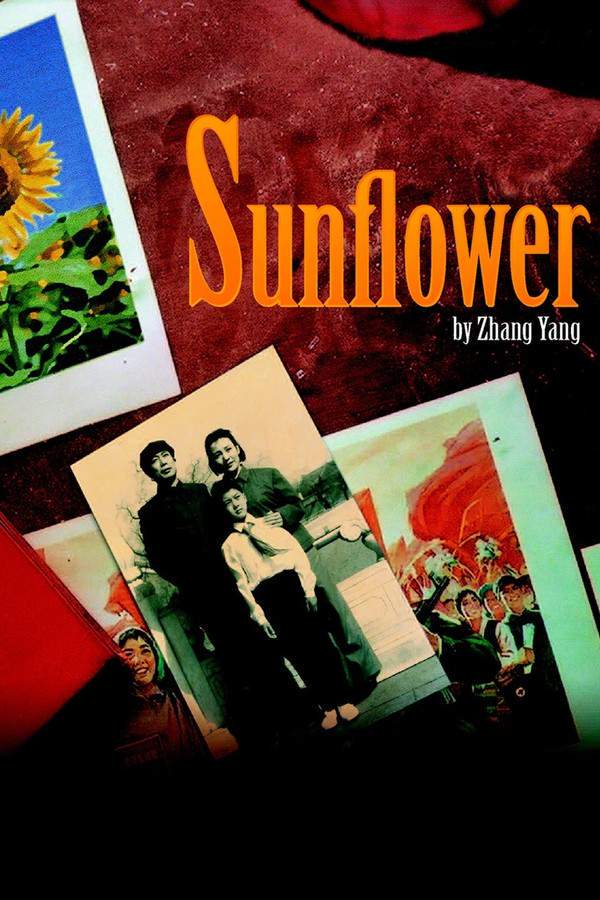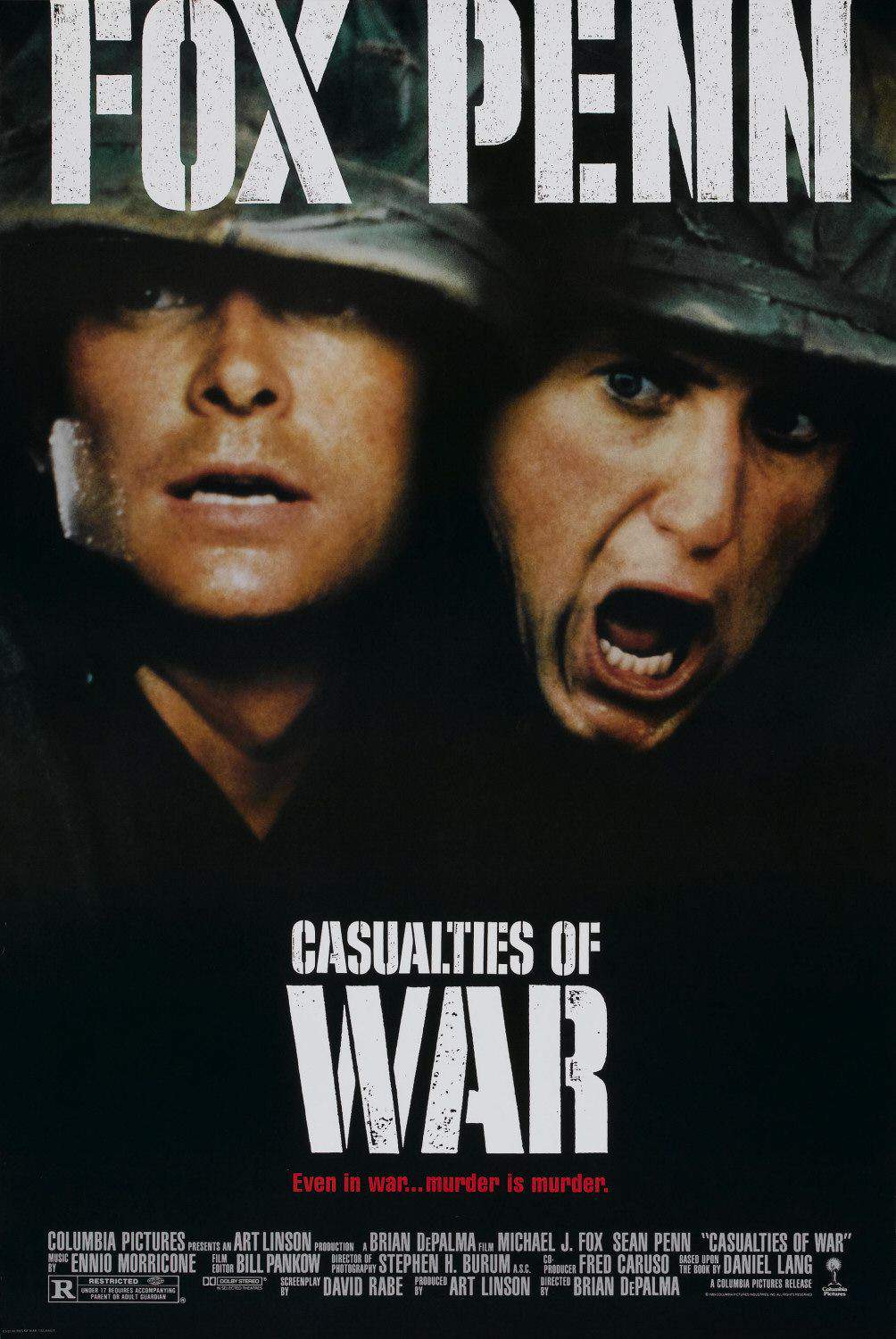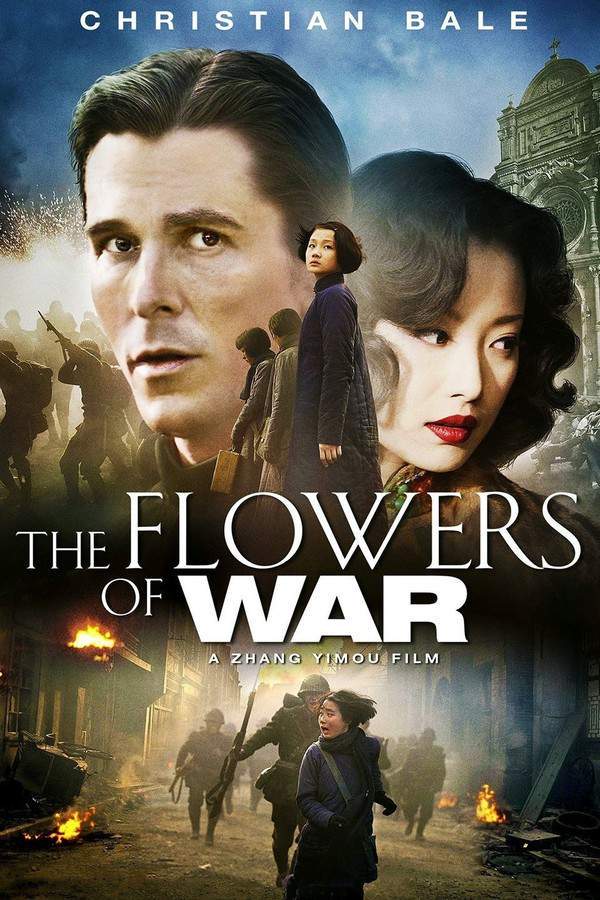
The Flowers of War
Year: 2011
Runtime: 146 min
Language: Chinese
Director: Yimou Zhang
During the brutal 1937 Nanking Massacre, an American businessman unexpectedly finds himself protecting a group of Chinese women and students. Facing overwhelming odds as Japanese soldiers advance, he demonstrates remarkable bravery and resourcefulness in a desperate attempt to safeguard them from the horrors of war. Their fight for survival becomes a poignant testament to human compassion amidst unimaginable violence.
Warning: spoilers below!
Haven’t seen The Flowers of War yet? This summary contains major spoilers. Bookmark the page, watch the movie, and come back for the full breakdown. If you're ready, scroll on and relive the story!
Timeline & Setting – The Flowers of War (2011)
Explore the full timeline and setting of The Flowers of War (2011). Follow every major event in chronological order and see how the environment shapes the story, characters, and dramatic tension.
Last Updated: October 22, 2024 at 19:43
Main Characters – The Flowers of War (2011)
Meet the key characters of The Flowers of War (2011), with detailed profiles, motivations, and roles in the plot. Understand their emotional journeys and what they reveal about the film’s deeper themes.
Last Updated: October 22, 2024 at 19:43
Major Themes – The Flowers of War (2011)
Explore the central themes of The Flowers of War (2011), from psychological, social, and emotional dimensions to philosophical messages. Understand what the film is really saying beneath the surface.
Last Updated: October 22, 2024 at 19:43
Unlock the Full Story of The Flowers of War
Don't stop at just watching — explore The Flowers of War in full detail. From the complete plot summary and scene-by-scene timeline to character breakdowns, thematic analysis, and a deep dive into the ending — every page helps you truly understand what The Flowers of War is all about. Plus, discover what's next after the movie.
The Flowers of War Summary
Read a complete plot summary of The Flowers of War, including all key story points, character arcs, and turning points. This in-depth recap is ideal for understanding the narrative structure or reviewing what happened in the movie.

The Flowers of War Timeline
Track the full timeline of The Flowers of War with every major event arranged chronologically. Perfect for decoding non-linear storytelling, flashbacks, or parallel narratives with a clear scene-by-scene breakdown.

Similar Movies to The Flowers of War
Discover movies like The Flowers of War that share similar genres, themes, and storytelling elements. Whether you’re drawn to the atmosphere, character arcs, or plot structure, these curated recommendations will help you explore more films you’ll love.
Explore More About Movie The Flowers of War
The Flowers of War (2011) Plot Summary & Movie Recap
The Flowers of War (2011) Scene-by-Scene Movie Timeline
The Flowers of War (2011) Spoiler-Free Summary & Key Flow
Movies Like The Flowers of War – Similar Titles You’ll Enjoy
Nanking (2007) Plot Summary & Ending Explained
Flowers of Shanghai (1998) Film Overview & Timeline
11 Flowers (2013) Film Overview & Timeline
Pavilion of Women (2001) Detailed Story Recap
City of Life and Death (2011) Full Summary & Key Details
Flowers (2015) Ending Explained & Film Insights
Devils on the Doorstep (2002) Film Overview & Timeline
Warlords (2010) Story Summary & Characters
The Children of Huang Shi (2008) Complete Plot Breakdown
Empire of the Sun (1987) Ending Explained & Film Insights
Lust, Caution (2007) Full Summary & Key Details
Curse of the Golden Flower (2006) Full Summary & Key Details
Snow Flower and the Secret Fan (2011) Full Movie Breakdown
Sunflower (2007) Full Movie Breakdown
Casualties of War (1989) Full Summary & Key Details



